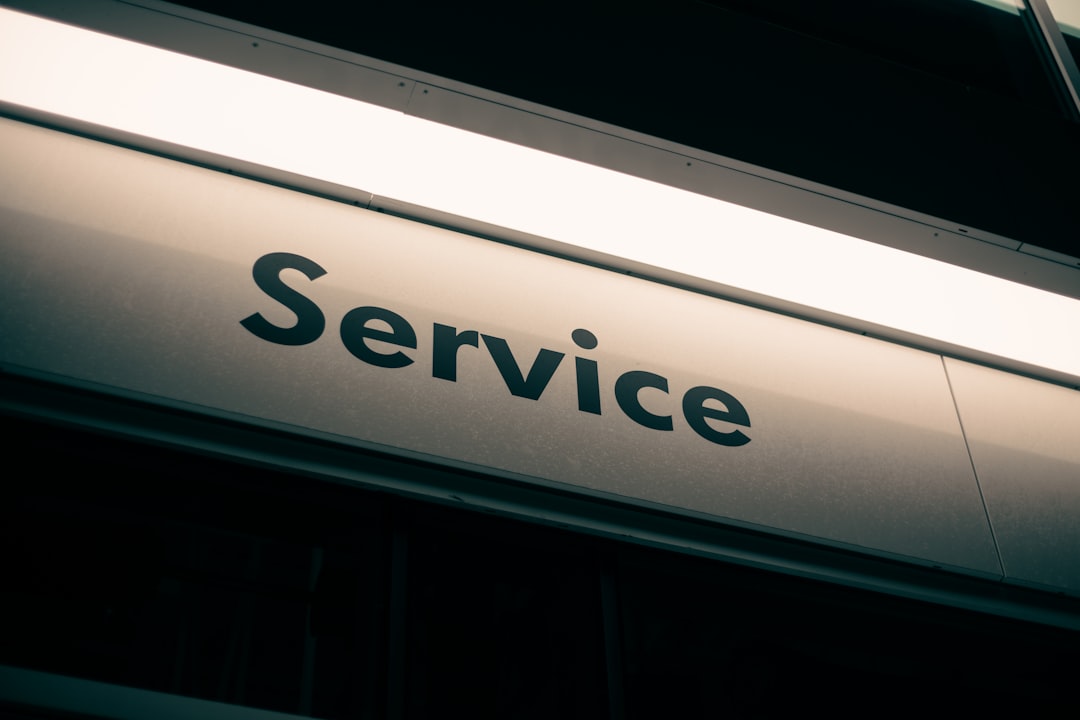Chemical Bulk Transportation: Key Considerations for Safe and Efficient Shipping
Chemical bulk transportation plays a critical role in the global supply chain, ensuring that raw materials and finished chemicals reach their intended destinations safely. From industrial chemicals to agricultural products and food additives, these substances are often transported in large quantities and require specialized handling. Given the potentially hazardous nature of many chemicals, it’s crucial to follow the proper procedures to ensure safety, efficiency, and compliance with regulations. In this article, we’ll explore five essential considerations for successful chemical bulk transportation.
1. Understanding Regulatory Compliance
One of the most important aspects of chemical bulk transportation is ensuring compliance with local and international regulations. Various organizations and authorities regulate the transportation of chemicals, including:
Department of Transportation (DOT) in the U.S.
European Union (EU) regulations for the transport of chemicals
International Maritime Dangerous Goods (IMDG) Code for sea transport
Globally Harmonized System (GHS) for classification and labeling of chemicals
These regulations are in place to safeguard human health, the environment, and infrastructure from the potential dangers of transporting hazardous chemicals. For example, chemicals classified as dangerous goods must be appropriately labeled, packaged, and documented. Non-compliance with regulations can lead to significant fines, delays, or accidents. It’s essential for logistics providers and chemical manufacturers to stay up-to-date with evolving laws and ensure that all required paperwork, such as Material Safety Data Sheets (MSDS), is accurate and complete.
2. Choosing the Right Transport Mode
Chemical bulk transportation can be carried out through various modes of transport, each suited to different types of chemicals and distances. The primary modes of transport include:
Road Transportation: Trucks, typically equipped with specialized tankers, are the most common way to transport chemicals over land. Tanker trucks are built to withstand the harsh nature of chemicals and are often fitted with features such as pressure relief valves and temperature control mechanisms. Road transport is best suited for chemicals being moved within regions or across countries that have developed road networks.
Rail Transportation: Rail is often used for bulk shipments over long distances. It’s cost-effective for large quantities of chemicals and is typically used for non-urgent shipments. Rail cars designed for chemical transport can handle hazardous substances safely while adhering to the necessary regulations.
Maritime Shipping: For international bulk shipments, maritime transport is a common option. Large cargo ships, including specialized tankers, can carry enormous quantities of chemicals across oceans and seas. This mode of transport is ideal for chemicals that need to be transported long distances but requires strict adherence to maritime safety regulations, such as the IMDG Code.
Air Freight: Although less common, air transport can be used for high-value or time-sensitive chemicals. Due to the higher costs, this method is typically reserved for smaller quantities or chemicals that require rapid delivery.
Selecting the appropriate transport mode depends on factors such as the type of chemical, the destination, quantity, and required delivery time. Each mode comes with its own set of safety considerations and regulatory requirements.
3. Risk Management and Safety Protocols
Chemical bulk transportation inherently carries risks due to the dangerous nature of the products being shipped. Hazards include chemical spills, leaks, fires, and exposure to toxic substances. To mitigate these risks, it’s crucial to implement robust safety protocols:
Proper Packaging and Labeling: Chemical shipments must be properly packaged in containers that are designed to handle the specific type of chemical being transported. Containers should be leak-proof and equipped with safety features like pressure relief valves or spill containment systems. Additionally, all containers must be clearly labeled with hazard symbols and warnings to alert handlers to potential dangers.
Driver and Operator Training: Personnel involved in the transportation process should undergo regular training on handling hazardous materials, emergency response actions, and correct shipping procedures. This ensures that operators can respond effectively in the event of an accident or spill.
Emergency Response Plans: An effective emergency response plan must be in place in case of an incident. This plan should include protocols for containing spills, evacuating personnel, notifying emergency services, and cleaning up hazardous materials.
Implementing comprehensive safety measures helps minimize the likelihood of accidents and protects both people and the environment.
4. Monitoring and Tracking Shipments
Given the often hazardous nature of the chemicals being transported, it’s important to have real-time monitoring and tracking in place. Modern technologies such as GPS, RFID, and IoT sensors can provide valuable insights into the location and condition of the shipment throughout its journey. Key parameters to monitor include:
Temperature: Certain chemicals require strict temperature controls. Monitoring and adjusting the temperature ensures the chemical remains stable during transport, preventing accidents or degradation.
Pressure: Chemicals that are volatile or pressurized need to be transported in vessels capable of maintaining the correct pressure. Sensors can monitor pressure levels to ensure that they remain within safe parameters.
Spill Detection: Advanced systems can detect leaks or spills, triggering alarms and notifications to allow for quick intervention before significant damage occurs.
 Transform Your Area with Counter Top Refinishing Services
Transform Your Area with Counter Top Refinishing Services
 Air Conditioning Repair in the Henryetta OK Area: A Comprehensive Guide
Air Conditioning Repair in the Henryetta OK Area: A Comprehensive Guide
 The Art of Fine Grinding: Understanding the Slow Speed Granulator
The Art of Fine Grinding: Understanding the Slow Speed Granulator

 The Importance of Fitness Equipment in Ohio: A Guide to Staying Active and Healthy
The Importance of Fitness Equipment in Ohio: A Guide to Staying Active and Healthy